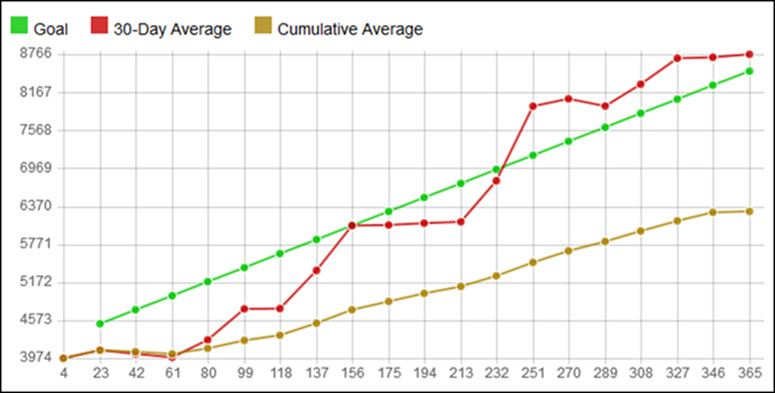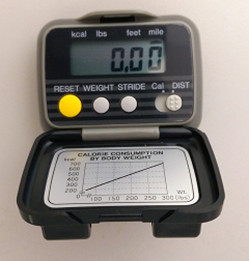Procedures Used to Enhance Data Validity
A unique feature of IHTI's database is the methodological procedures and methods that were followed in its studies to enhance the validity/reliability of the data as described below.
- Payment of subject participation fees was based on daily reports of product usage irrespective of how much or how little product was consumed to encourage candid reporting of actual usage.
- Use of a Study Trustee to all but eliminate experimenter biases by labeling products only with randomized subject numbers instead of study group identifiers.
- The rationale for use and value of these procedures is described in: Chapter 56: Challenges to the Conduct and Interpretation of Weight Loss Research in Obesity: Epidemiology, Pathophysiology, and Prevention, Second Edition, Edited by Debasis Bagchi and Harry G Preuss, CRC Press, 2013. A copy of this chapter is available upon request.
- Self-reported pedometer-monitored physical activity levels: during many of the clinical trials, study participants wore pedometers during their waking hours and tracked their daily step totals throughout the typical 60- or 90-day studies in which they participated.


Miscellaneous Additional Measurements. In addition to these measurements, the database contains a small number of blood pressures, ankle-brachial blood pressures, hip/waist ratios, and arterial elasticity indexes.
Potential for Longitudinal Analyses. The overwhelming majority of subjects in the database provided written permission to be contacted for future study and longitudinal analyses.
On-Site Mobile DEXA Measurements.

IHTI's Mobile Units For On-Site DEXA Testing. The Mobile Unit has allowed IHTI to acquire data from subjects across the U.S. and in Canada.
 A Brief History of IHTI Research
A Brief History of IHTI Research